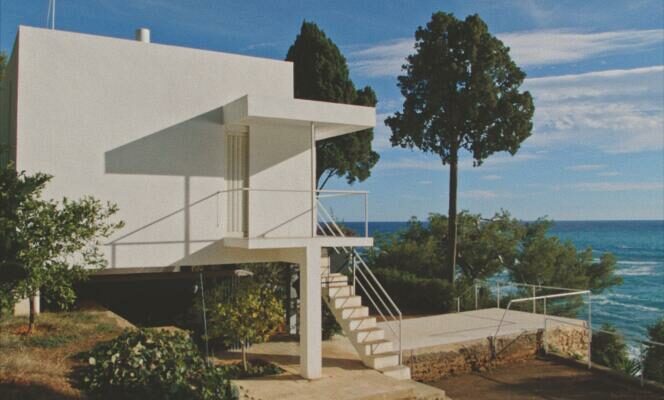Trip to Copenhagen, where CPH:DOX, one of the main European documentary film festivals, is taking place from March 13 to 24. With more than two hundred screenings, including 84 world premieres, this 21e edition proposes to reflect on “the body seen as a battlefield”, its main theme. To what extent is the autonomy of a body negotiated? Who decides for him? What color can it be? How does society paralyze bodies hampered by illness? Why are they subject to prejudice?
On this point, Ibelin, by Norwegian Benjamin Ree, challenges preconceived ideas through the posthumous story of Mats Steen, a young quadriplegic man, who died at the age of 25 from a degenerative disease. After his death, when his loved ones received dozens of condolence messages on social networks, they discovered his double life. In online video gaming World of Warcraft, Mats was also “Ibelin”. This tall, muscular blond allowed him to sympathize, to fall in love, to be nicknamed “womanizer” (“womanizer”, in French) by his comrades. By bringing his digital identity to life, the film transforms video gaming into a deeply moving documentary experience that re-examines the emotional capabilities of the web.
Another key asset of this cinematic high mass: the international competition, where we discovered two intimate films of breathtaking beauty, which each observe in their own way couples of artists, more particularly the place of the eclipsed woman by the brilliance of her husband. These alternative stories contribute to the revalorization of the feminine.
Eileen Gray and Le Corbusier
E.1027 – Eileen Gray and the House by the Seaby Beatrice Minger, “co-directed” with his Swiss compatriot Christoph Schaub (they insist on this nuance), opens on the house, a discreet modernist masterpiece, that the Irish designer Eileen Gray (1878-1976) created on the Côte d’Azur, between 1926 and 1929, with her lover at the time, the architect Jean Badovici (1893-1956). The name, E.1027, is an enigmatic formula that interweaves their coded initials. Two or three years after building it, Gray left.
When the great French-Swiss architect Le Corbusier discovered the house, he was immediately jealous of it. Envious of Gray’s freedom and talent, he left his mark there by covering the white walls with his paintings, between 1938 and 1939. “I also have a furious desire to dirty the walls: ten compositions are ready, enough to smear everything”, he declared to his friend Badovici, who encouraged him to change the location. While Gray said to herself “raped” And “tainted”Le Corbusier published photographs, did not deny when he was taken for the architect of the place, and had his famous Cabanon built just behind, overlooking his rival’s refuge.
You have 47.62% of this article left to read. The rest is reserved for subscribers.
